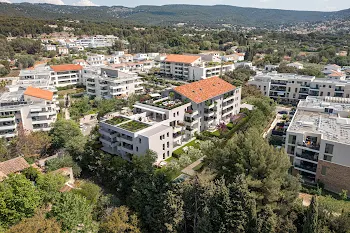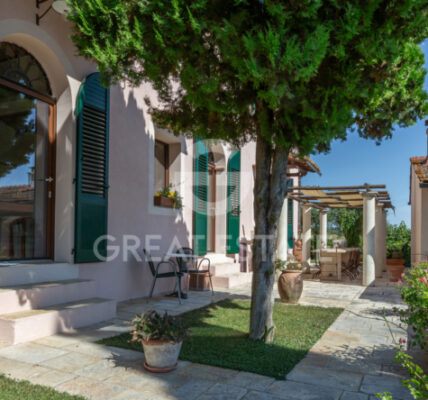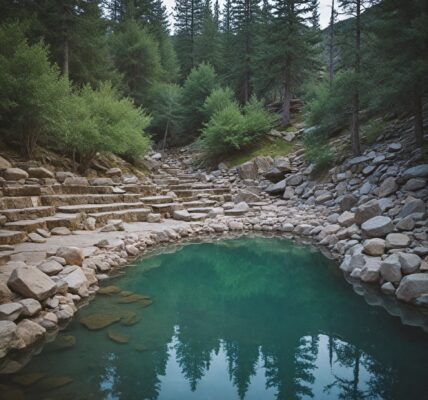Do you dream of a house that fits so organically into the landscape that it exudes charm and rustic elegance? You might want to check into the Grange Bardage Percheronne. This classic French cladding style, originally from the Perche region, has made a pretty strong comeback in recent years. It combines timelessness of wood with great durability that gives it a preference in the old rustic farmhouses and a modern one too, in search of a natural touch. But what is Bardage Percheronne and why is it so very sought after?
History of Grange Bardage Percheronne
Grange Bardage Percheronne has its roots in the Perche region, a pastoral area in northwestern France known for its rich history and beautiful countryside. Historically, this wooden cladding style was used primarily in barns and farmhouses. It provided not only structural support but also insulation from the elements. Over time, it has become a symbol of rural architecture in France, associated with rustic charm and a deep connection to nature.
Key Features of Grange Bardage Percheronne
One of the defining characteristics of Bardage Percheronne is its wooden cladding. The exterior walls are covered with natural wood slats, either horizontally or vertically aligned. This technique not only enhances the beauty of a building but also adds a layer of protection from the weather. The use of untreated or lightly treated wood allows the structure to develop a beautiful, weathered patina over time.
Materials Used in Bardage Percheronne
The choice of wood plays a crucial role in Bardage Percheronne. Typically, woods like oak, pine, and chestnut are used due to their strength and natural resistance to decay. The durability of these materials ensures that the cladding can withstand harsh weather conditions while maintaining its aesthetic appeal. Many modern architects also consider the environmental impact of their wood choices, opting for sustainably sourced timber.
Design Elements
The design of a Grange Bardage Percheronne structure often includes distinct features like sloping roofs, wooden beams, and large overhangs to protect the wood from rain and snow. The orientation of the wood slats—whether vertical or horizontal—can change the overall look of the building, with vertical slats providing a more traditional feel and horizontal slats adding a modern twist.
Modern Applications of Bardage Percheronne
While historically associated with rural buildings, Bardage Percheronne has found its way into modern architecture. Its use is no longer confined to barns and farmhouses. Many architects are incorporating this style into urban homes, renovations, and even commercial spaces, blending the old with the new in exciting ways. Whether you’re renovating a centuries-old property or designing a contemporary home, Bardage Percheronne adds warmth and character.
The Aesthetic Appeal of Bardage Percheronne
There’s something undeniably charming about Bardage Percheronne. The natural wood blends seamlessly with the environment, giving buildings a sense of belonging. Many homeowners love how the cladding weathers over time, creating a lived-in, cozy feel. It’s a design that speaks to nature lovers, those who want their homes to reflect the beauty of the outdoors.
Advantages of Using Grange Bardage Percheronne
- Durability: The use of hardwoods like oak ensures that Bardage Percheronne can stand up to the elements.
- Weather Resistance: Wooden cladding provides an extra layer of insulation, keeping homes cool in summer and warm in winter.
- Environmental Friendliness: Using sustainably sourced timber contributes to eco-friendly building practices.
Disadvantages of Bardage Percheronne
- Maintenance Needs: While beautiful, wood requires maintenance to prevent rot and insect damage. Regular treatments are necessary to keep the cladding in good condition.
- Material Availability: Depending on where you live, sourcing the right type of wood might be a challenge, adding to the cost.
Installation Process
Installing Grange Bardage Percheronne involves several key steps:
- Preparing the Surface: Ensure that the wall is clean and dry.
- Installing a Moisture Barrier: A moisture-resistant layer is crucial to protect the wood from water damage.
- Fixing the Wood Slats: The wood is nailed or screwed into place, with care taken to ensure proper alignment and spacing.
- Finishing Touches: After installation, the wood can be treated with a protective finish or left to weather naturally.
Cost Considerations
The cost of installing Grange Bardage Percheronne can vary depending on factors such as the type of wood, the size of the building, and whether you’re opting for custom designs. On average, you can expect to spend between €50 to €100 per square meter for materials and installation.
Maintenance Tips
To keep your Grange Bardage Percheronne looking its best:
- Apply a protective sealant every few years.
- Inspect the wood regularly for signs of rot or insect infestation.
- Clean the surface with a soft brush to remove dirt and debris.
Sustainability and Eco-friendliness
One of the reasons Grange Bardage Percheronne has seen a resurgence is its eco-friendly appeal. By choosing sustainably sourced timber and minimizing chemical treatments, homeowners can reduce their carbon footprint while enjoying a beautiful, natural aesthetic.
How to Incorporate Grange Bardage Percheronne in Modern Homes
Combining Grange Bardage Percheronne with contemporary architecture can create stunning results. For instance, pairing wooden cladding with large glass windows and metal accents can bring a perfect blend of rustic and modern. This style works well in both rural and urban settings, offering flexibility in design.




